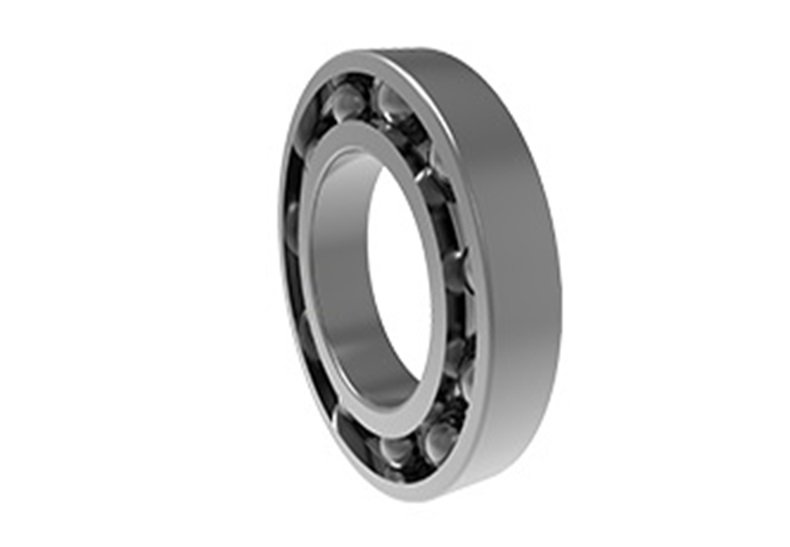The Role of Cross Roller Ring Bearings in Precision Instruments
Improve Positioning Accuracy and Stability
In precision instruments, accurate positioning and motion control are crucial. Any minor error can affect the overall performance of the equipment and even lead to distortion of measurement results. Cross roller ring bearings, through their special structural design, can effectively share loads from different directions, reducing the errors present in conventional rolling bearings.
Specifically, the crossed arrangement of rollers in cross roller ring bearings ensures that the load direction on each roller can be accurately controlled, thereby ensuring that the equipment has almost no axial or radial errors during operation, which is critical for the accuracy of precision instruments.
Adapt to Space Constraints and Improve Load Capacity
Precision instruments often have very compact designs, with many components needing to perform fine operations in limited space. Traditional bearings, while providing support, are bulky and have weaker load capacities, making it difficult to meet high-precision requirements without occupying too much space. Cross roller ring bearings, with their compact structure and effective load-bearing capacity, can provide strong support in limited space, allowing precision instruments to perform more complex operations in a smaller volume.
Reduce Friction and Extend Service Life
Precision instruments require long-term stable operation, and friction and wear are key factors affecting their lifespan. Compared to traditional ball bearings, cross roller ring bearings generate less friction and heat buildup. The design of cross roller ring bearings ensures more uniform contact between the rollers and the raceway, significantly reducing friction. Reducing friction also minimizes the heat generated, preventing damage to the internal components of precision instruments caused by overheating.
Moreover, the good contact between the rollers in cross roller ring bearings and the relatively large contact area not only make them capable of bearing larger loads but also effectively reduce bearing wear, extending their service life. For precision instruments requiring high reliability, using cross roller ring bearings can significantly improve the operational stability and long-term durability of the equipment.
Key Role in Precision Motion Control
In the operation of precision instruments, high-resolution motion control is often required, such as in optical microscopes, laser processing equipment, and precision scanners, where motion accuracy and responsiveness are key performance indicators. The high rigidity and low backlash characteristics of cross roller ring bearings make them indispensable core components in such equipment.
In summary, with their good design and performance, cross roller ring bearings are becoming increasingly important in precision instruments. From enhancing motion accuracy and load capacity to reducing friction and extending equipment life, cross roller ring bearings provide solid support for the effective operation of precision instruments. With continuous advancements in technology and increasing demands for precision equipment, cross roller ring bearings will continue to play a key role in multiple fields, driving the development of precision instrument technology.















 English
English  français
français  Deutsch
Deutsch  italiano
italiano 


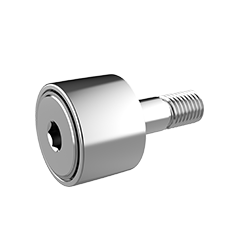
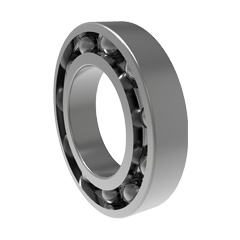

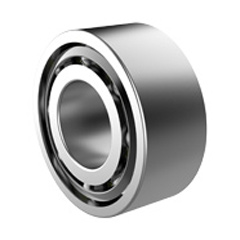
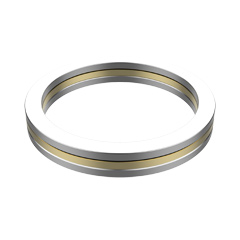


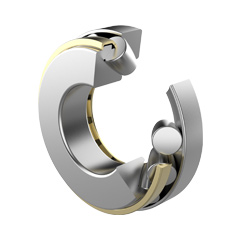
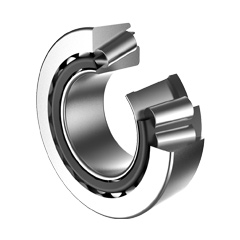
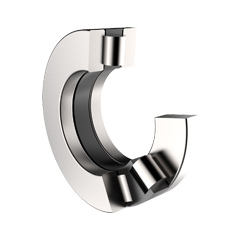
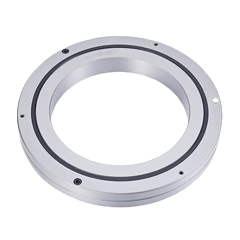
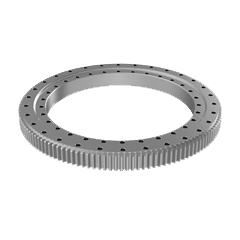

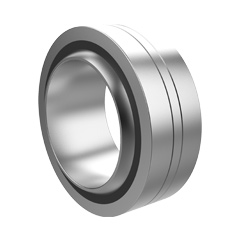

 English
English  français
français  Deutsch
Deutsch  italiano
italiano 



